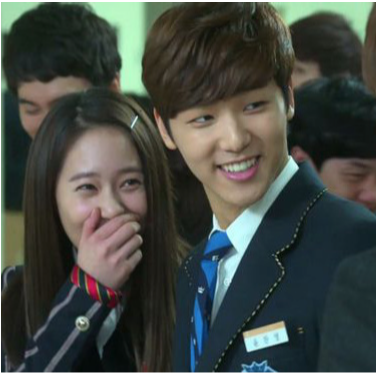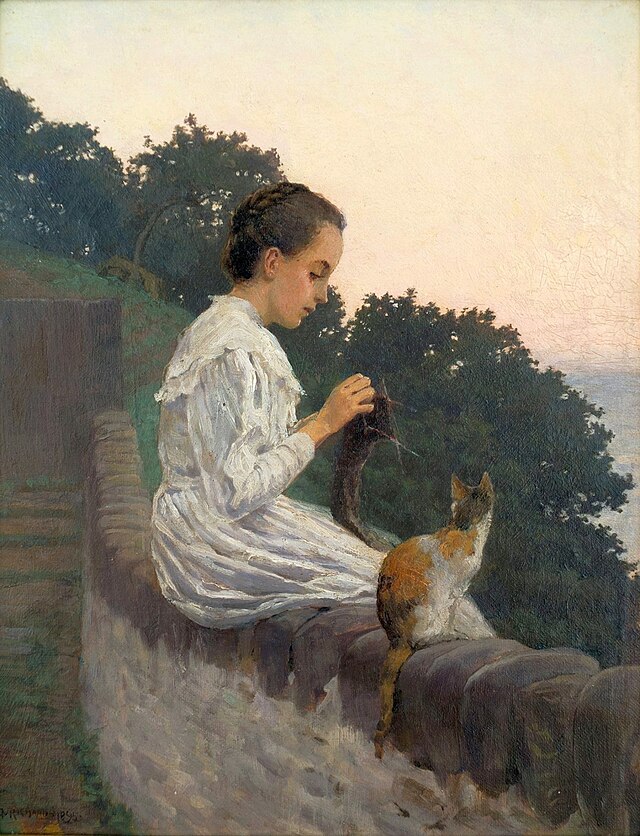I unintentionally spent spring break with a couple of friends watching an entire Korean drama. Mind you, I had never seen a “K-Drama” before and to me, this experience was unhesitatingly eye-opening. For six days, I crouched in a bed, simmering in my feelings as I watched the two main characters of “The Heirs” struggle down rocky roads littered with the complexities of competitive siblings, bullies-turned-admirers and evil parents all in the pursuit of their love for each other. I finished the show right before the end of break, and my life was forever changed.
An avid K-drama watcher may wonder how I could have gone my entire life without having watched one of these fabulous televised shows before. To be honest, I had dismissed K-dramas without much thought; to me, K-dramas seemed to be cheesy, one-dimensional and never-ending TV shows of the soap opera sort that would appeal to K-Pop fangirls.
Cheesy, they may be. But I was wrong in just about every other area of my assumptions about K-dramas. For one, it turns out Korean dramas are typically miniseries consisting of hour-long episodes. The plots are typically of the romantic sort, with moments of comedic relief interspersed throughout. It seems that usually the female love interest is poor and the male love interest is rich or vice versa, but the socio-economic standings and backgrounds of the male and female leads are never equal. As to how one-dimensional the characters are, it really depends on the quality of the drama. Like American TV shows, there are good K-dramas and lackluster K-dramas. At least, this is what I have garnered from starting several K-dramas at the same time the week after spring break. My instant addiction to K-dramas was surprising for myself, a person who rarely sticks with a TV show for long and is picky about watching anything. Yet it also made me wonder: what makes a K-drama so addicting?
According to the Korean Herald, plots of K-dramas are carefully designed in the early stages to create storylines that are appealing both to fans at home and abroad. With only 16-20 episodes, every episode is carefully formulated, unlike an ongoing series such as those seen in the US which typically has more freedom to develop characters and plot over a longer period of time. As mentioned in a 2015 New York Times article, most of the money spent on K-dramas is focused on screenwriting and production design; in addition, while most American TV shows are filmed by season and then broadcast shortly later, shows in Korea are broadcast almost immediately after each episode is being filmed, which means scriptwriters and directors get instantaneous feedback on what changes they should make to cater to audience demands.
Easy access to K-dramas through the Internet and social networking services has also contributed to the immense boom in Korean culture throughout Asia and other parts of the world. K-dramas have been influential as key trendsetters; a hit K-drama from 2014 titled “My Love From Another Star” set about a frenzy in China, where people began being hospitalized from eating too much chicken and beer (a favorite food of one of the main characters in the show). The official Chinese streaming site of recent military drama “Descendants of the Sun,” iQiyi.com, has seen an upsurge of over 180 percent on daily sales, particularly on items used and worn by the main actress in the series. “Descendants of the Sun” has also been making an impact overseas. The series’ 16 episodes have been viewed over one billion times so far in China, and Thailand’s prime minister has encouraged his countrymen to watch the show because it promotes “patriotism, sacrifice, obeying orders and being a dutiful citizen.” The show has also been sold to 27 countries and translated into 32 different languages.
Having only been exposed to K-dramas less than two weeks ago, these statistics are mind blowing to me. Yet, in a way, they make a lot of sense. It seems that at the essence of a successful and far-reaching, deeply impactful K-drama is an intense focus on careful planning, a story that parallels real life but not quite, good acting and observant script-writing. There are plenty of American shows which share these traits to make them “quality” shows in the eyes of viewers, but what is most unique about K-dramas is the prolific rate at which they are produced and seen by viewers. I won’t complain. I’m a fan.








SSGN | Apr 16, 2016 at 4:54 am
I have been watching dramas for about four years now and I got to say that I agree they are super addicting. What I like most about these shows is the formula that they use, they are short, the story usually has an ending (unless it is an open-ending), no endless seasons, and the best part no danger of cancellations. Sometimes they are shorten if they aren’t doing so well but at least you get an ending, the opposite of american shows which ticks me off. In recent years the cable channel tvN has been putting the best shows in the k-drama market. They have aired some gems, my personal favorites being Misaeng or Incomplete Life which is a story about office workers and there everyday struggles and Signal which is hands down one of the best shows I have ever watched in any language and from any country.